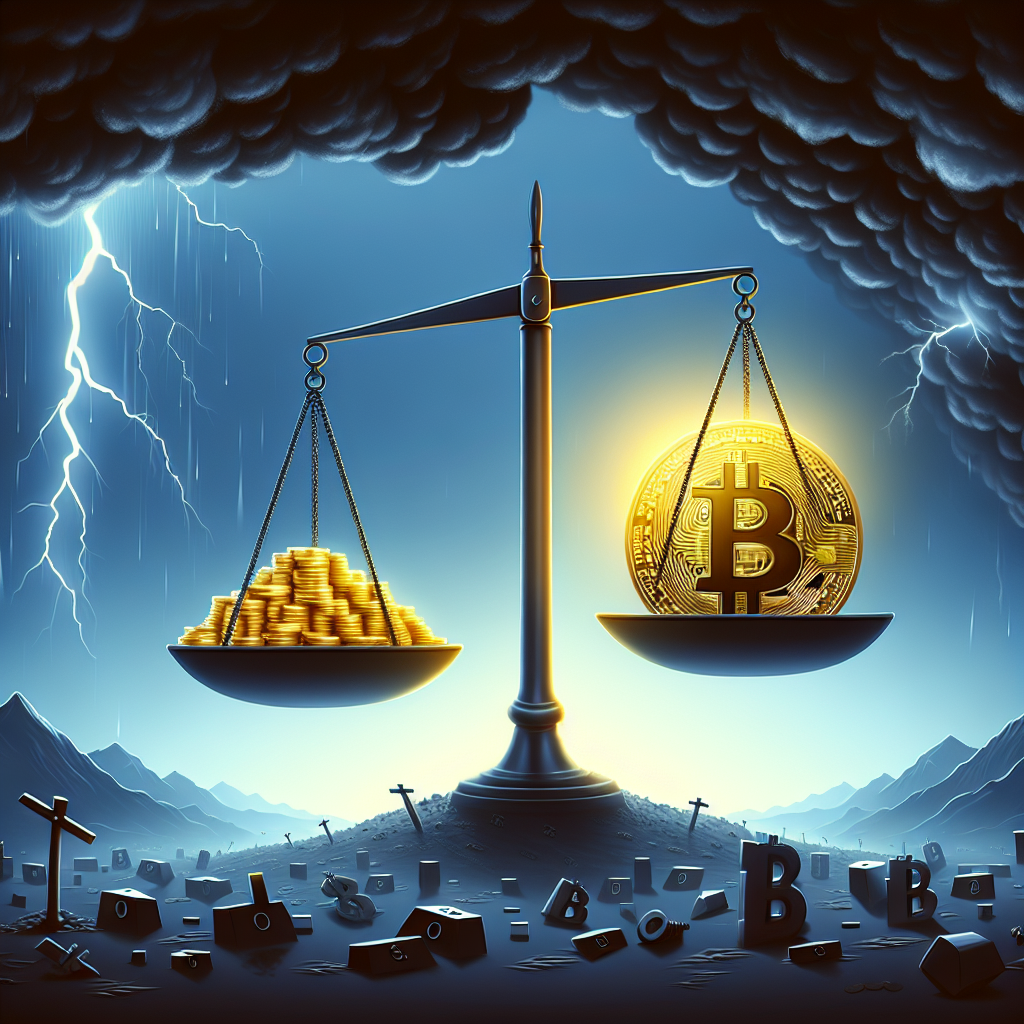The Rise of Non-Fungible Tokens (NFTs): Redefining Ownership in the Digital Era
Non-fungible tokens (NFTs) have emerged as one of the most revolutionary developments in the digital landscape, capturing the attention of artists, collectors, investors, and even mainstream media. These unique digital assets, which are stored on a blockchain, have sparked intense debates and discussions across various sectors. As the world becomes increasingly digital, NFTs represent an entirely new paradigm in how we perceive ownership, value, and creativity in the virtual realm. This article delves into the rise and impact of NFTs, examining their significance, the technology behind them, and the broader implications they hold for the future of digital ownership.
Understanding the Surge of Non-Fungible Tokens
The surge in the popularity of non-fungible tokens can be attributed to a confluence of technological advancements, cultural shifts, and economic incentives. At their core, NFTs are blockchain-based digital assets that represent ownership or proof of authenticity of a unique item, whether it’s digital art, music, virtual real estate, or even collectible items. Unlike traditional cryptocurrencies such as Bitcoin or Ethereum, which are fungible and can be exchanged for equal value, NFTs are distinct and irreplaceable. This uniqueness is what makes them particularly valuable to collectors and investors.
Blockchain technology, particularly Ethereum’s smart contract functionality, guarantees the scarcity, authenticity, and provenance of NFTs. This underlying technology has fueled their growth by providing a transparent, decentralized ledger that ensures an immutable record of ownership. Additionally, online marketplaces like OpenSea, Rarible, and Foundation have made it easier for creators to monetize their work and for buyers to access a diverse array of digital assets. This democratization of access, combined with the growing acceptance of digital ownership, has led to NFTs transcending from a niche interest to a mainstream phenomenon.
The Impact on the Art World
NFTs have profoundly impacted the art world, challenging traditional concepts of art ownership, distribution, and pricing. Traditionally, artists relied on galleries, auction houses, and intermediaries to sell their work, often losing control over their art and its value. However, NFTs enable artists to directly reach global audiences without the need for physical galleries, giving them greater autonomy over their creations and financial success.
One of the most exciting features of NFTs is their programmability. This allows artists to include features like royalties, which ensure that they continue to earn a percentage of profits whenever their work is resold. For example, the digital artist Beeple made headlines in March 2021 when his NFT artwork titled “Everydays: The First 5000 Days” sold for an astounding $69.3 million at Christie’s auction house. This sale marked one of the highest prices ever fetched by a piece of digital art and demonstrated the enormous potential of NFTs in revolutionizing the art market.
Other notable examples of expensive NFTs include:
-
CryptoPunk #7804: Sold for 4200 ETH (approximately $7.6 million at the time), CryptoPunks are some of the earliest and most well-known NFTs, created by the software development team Larva Labs in 2017.
-
“The First Ever Tweet” by Jack Dorsey: Twitter’s co-founder Jack Dorsey sold an NFT of his first tweet for $2.9 million in March 2021, highlighting the value of historical moments captured in the digital world.
While NFTs provide opportunities for artists to earn more, they also raise questions about the sustainability and environmental impact of blockchain technology, as well as concerns about the speculative nature of the NFT market. Despite these challenges, NFTs continue to reshape the art landscape, offering both exciting opportunities and complex dilemmas for artists, collectors, and investors alike.
NFTs and the Entertainment Industry
Beyond the art world, NFTs have begun making waves in the entertainment industry by offering new ways for creators to engage with fans and monetize content. Musicians, filmmakers, sports franchises, and even video game developers are utilizing NFTs to create unique experiences for their audiences. NFTs provide fans with exclusive access to content, virtual concert tickets, collectible highlights, and even limited-edition merchandise.
For example, in 2021, musician Kings of Leon became the first major band to release an album as an NFT, offering fans limited-edition digital albums, exclusive concert perks, and VIP tickets. This innovative move allowed the band to create a more intimate connection with their audience while exploring a new revenue stream.
Similarly, NBA Top Shot, an officially licensed platform that sells digital basketball highlights as NFTs, has seen millions of dollars in sales. The platform allows fans to purchase, trade, and collect video clips, known as “Moments,” that capture iconic moments in basketball history. Some of these Moments have sold for astronomical amounts, with one LeBron James highlight recently fetching over $200,000.
However, the integration of NFTs in the entertainment industry is still in its early stages. Many creators and companies are still experimenting with different models and strategies. As the technology matures, NFTs have the potential to revolutionize how content is consumed, shared, and monetized, creating new opportunities for artists and fans alike.
The Future of Non-Fungible Tokens
The future of NFTs is both exciting and uncertain. As the technology continues to evolve and its applications expand, NFTs are expected to have a profound impact on various industries, including gaming, fashion, virtual reality, and even the broader economy. The concept of digital ownership could extend beyond art and collectibles to include virtual identities, experiences, and entire virtual worlds. This expansion could blur the lines between the physical and digital realms, transforming how we interact with both.
In the gaming industry, for example, NFTs can be used to represent in-game assets, such as rare items, skins, and virtual land. This offers players true ownership of their virtual belongings, allowing them to trade, sell, or even monetize their assets in ways that were previously impossible. Some gaming platforms, such as Decentraland and The Sandbox, have already begun integrating NFTs into their ecosystems, offering virtual real estate and unique experiences that can be owned and traded.
The fashion industry is also exploring NFTs, with designers releasing digital clothing and accessories that can be worn in virtual worlds or displayed as collectibles. High-end fashion brands like Gucci and Prada are looking into NFT-based fashion, recognizing the potential to blend digital art with luxury goods in a new, exciting way.
However, the NFT space faces significant challenges, including regulatory uncertainty, market volatility, and environmental concerns. As the NFT market grows, it is likely that governments will impose regulations to protect consumers and ensure fair practices. Moreover, the energy consumption associated with blockchain mining, particularly on proof-of-work networks like Ethereum, has raised concerns about the environmental impact of NFTs. Efforts to address these concerns, such as the Ethereum network’s transition to proof-of-stake, could help mitigate some of the negative environmental effects.
Conclusion
In conclusion, non-fungible tokens represent a transformative shift in the digital age, offering new avenues for creativity, ownership, and commerce. As the NFT market continues to grow, we can expect more industries to explore their potential and innovate in ways we have yet to imagine. While the full potential of NFTs is still being realized, they have already had a significant impact on the art world, entertainment, and beyond.
Whether NFTs will live up to the high expectations set by their early success remains to be seen, but one thing is clear: their influence on the digital landscape is undeniable. NFTs are here to stay, and as technology advances and societal attitudes towards digital ownership evolve, NFTs are poised to play an increasingly important role in shaping the future of digital interactions, economies, and the way we define value in a connected world.



